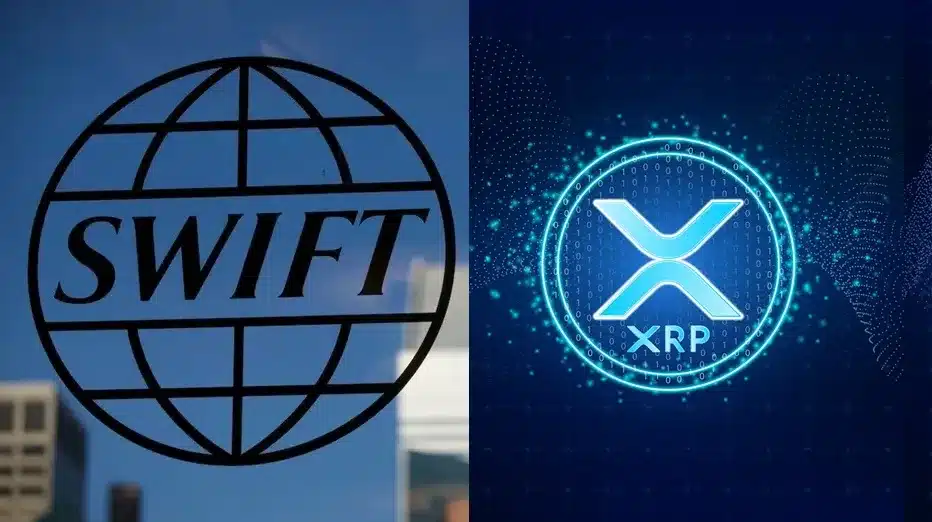- Ripple and SWIFT integration set to revolutionize cross-border payments.
- XRP’s speed and scalability enhance traditional financial systems’ efficiency.
- SMQKE outlines how Ripple bridges blockchain and legacy networks seamlessly.
A prominent tech researcher, SMQKE, recently highlighted that Ripple’s XRP ledger can easily integrate with the SWIFT network, transforming cross-border payments. This integration holds great promise for improving speed, security, and efficiency in international transactions, a key issue that financial institutions have been grappling with for years.
According to SMQKE, Ripple’s blockchain technology is already capable of connecting with traditional financial systems like SWIFT through the use of widely adopted internet protocols, such as HTTP and WebSocket. These protocols, which are standard across many financial networks, ensure a seamless and secure transfer of assets across platforms.
The key to this integration lies in Ripple’s ability to process over 1,500 transactions per second, which makes the XRP ledger highly scalable. This high transaction throughput is a major advantage over traditional financial networks like SWIFT, which can be slow and costly.
By using Ripple’s XRP ledger, financial institutions can reduce costs and improve transaction speeds, especially for international payments.
Also Read: Solana (SOL) Shows Potential for Recovery Amid Market Volatility
How Ripple and SWIFT Can Work Together
Ripple’s ability to integrate with SWIFT can be attributed to the shared use of common communication protocols, which streamline the transfer of value between different networks. This means that XRP can work within SWIFT’s existing infrastructure without requiring major changes or overhauls.
Financial institutions that use SWIFT for their global payments can leverage Ripple’s technology to speed up transactions, increase security, and lower transaction fees.
The connection between Ripple and SWIFT is also evident in Ripple’s partnerships with GateHub and XRPL Labs, which are working together to expand the XRP ecosystem. Through these collaborations, Ripple’s technology is being tested and developed to connect with multiple networks, including Bitcoin and Ethereum.
This interoperability shows that Ripple is not just confined to its own blockchain but can operate effectively across various financial systems.
Ripple’s innovative approach to cross-border payments is pushing the boundaries of what’s possible in the financial sector. With the seamless integration of Ripple and SWIFT, the future of international money transfers looks faster and more cost-efficient than ever.
Financial institutions worldwide stand to benefit from this collaboration, opening the door to a new era of digital payments.
Also Read: Kalshi Set to Hit $12B Valuation as Investors Flock to the Fast-Growing Platform

